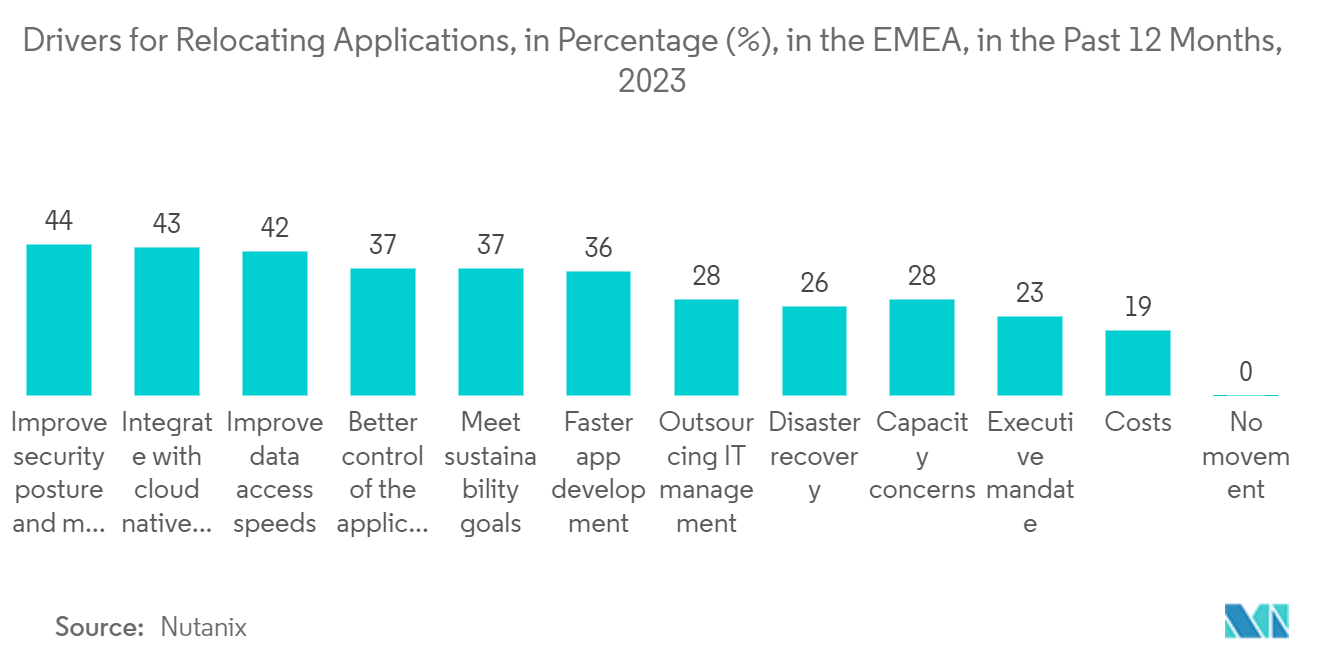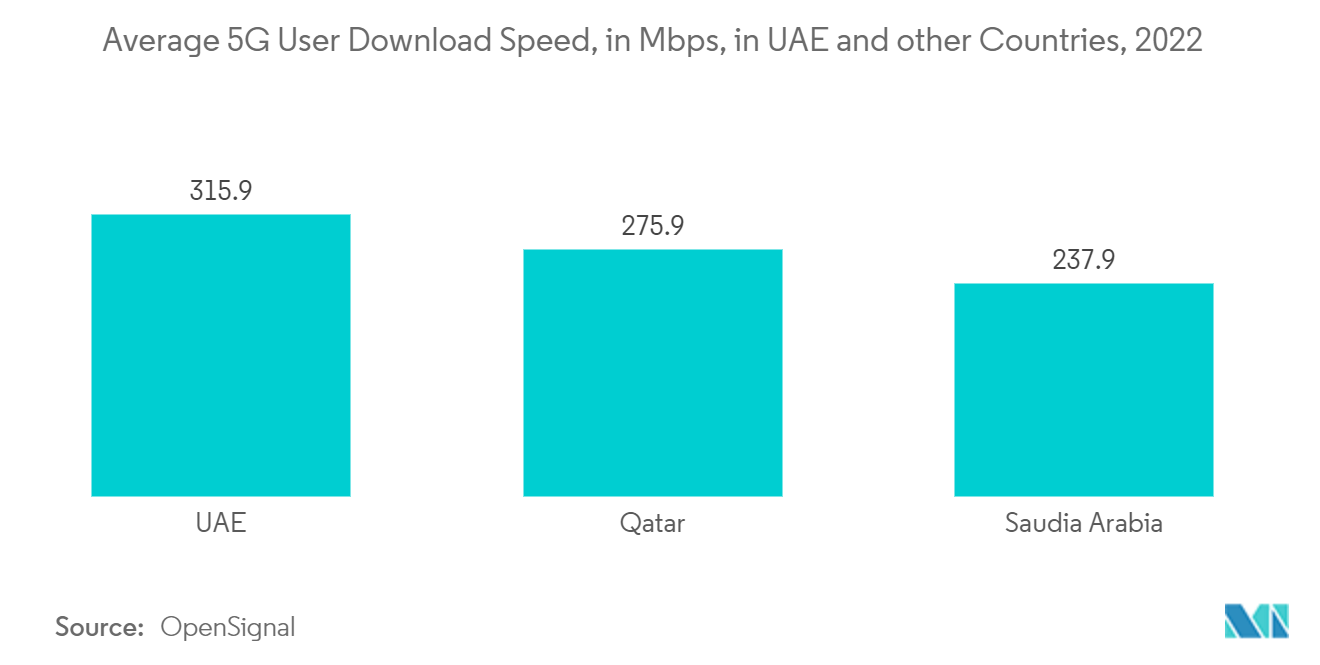Market Trends of MEA Workforce Management Software Industry
Workforce Scheduling and Workforce Analytics Type is Expected to Hold Significant Market Share
- Workforce analytics is gathering workforce-related data from internal and external sources, analyzing it, and transforming it into actionable information. By collecting employee data, workforce analytics enables users to make better strategic business decisions about personnel, provide ROI evidence for workforce-related choices, and improve overall business outcomes.
- Workforce analytics look at the work itself rather than just the people. It tracks and analyzes employees' work productivity to improve workflow and enable HR leaders to make data-driven decisions that enhance employee success and experience.
- The advantages of workforce analytics for organizations revolve around tracking employee performance to establish a baseline for meeting objectives and driving efficiency. The most significant benefits of collecting and analyzing workforce analytics include workplace analytics, which helps identify the demand for new functions and positions early on, resulting in better hiring criteria. It also aids in identifying qualified candidates more quickly and providing more value during the hiring and onboarding process. Workforce analytics helps to break down data silos and centralize all the workforce data in one place. This allows for increased visibility, self-service, a more comprehensive data set, and improved communication among decision-makers.
- Moreover, using workforce analytics can aid in developing a culture of trust and transparency in which individual employee contributions are recognized and rewarded. Workforce analytics leave a data trail for employees to see who is being recognized and why. It enhances monitoring. Workforce analytics enables business leaders to track progress against set benchmarks by monitoring the inputs and outputs of their pre-post-employee hiring processes.
- Workforce scheduling solutions have evolved to the point where they are automating multiple operational issues that managers previously faced when optimizing workforce management. Currently, AI-powered solutions are available to handle larger workloads, predict needs with changing seasons, and optimally create schedules for shift workers. Furthermore, these solutions allow employees to take control of their programs and switch shifts with other employees directly if necessary.
- Workforce scheduling and workforce analytics are fundamental considerations when relocating applications in the workforce management software market. They play an integral role in ensuring the software's security, compliance, and performance in a new environment. According to Nutanix software company, in 2023, in the Middle East and Africa (EMEA), improving security posture and meeting regulatory requirements is the top driver for relocation applications, with about 44 %of the respondents reporting the same. This is followed by integrating cloud-native solutions with a 43 % share.

United Arab Emirates is Expected to Hold Significant Market Share
- Companies all over the United Arab Emirates region are setting ambitious transformation roadmaps into practice to guarantee their relevance in the digital world. Third platform usage is spreading throughout the region, and embracing technologies like cloud, mobility, and social is becoming more common.
- Additionally, the area is witnessing an increase in the number of local players in the IT industries who are creating solutions to meet the rising local demand. For instance, in January 2023, To equip organizations in the Middle East and North Africa (Mena) with the necessary tools to thrive in the rapidly changing workplace, Darwinbox, the fastest-growing unicorn in the HR tech space, announced a partnership with Microsoft. Deep integrations between Darwinbox and the Microsoft product ecosystem will be a part of the cooperation, as will joint innovation of solutions to improve the employee experience. To advance its goal of enabling organizations to integrate their complete employee lifecycle, Microsoft has also made an equity investment in Darwinbox in addition to the co-innovation roadmap.
- In December 2022, the Emirates Integrated Telecommunications Company (EITC) subsidiary du announced a collaboration with Nokia to improve employee skill sets and quicken initiatives to promote talent development in the UAE. As part of the agreement, Nokia will implement programs to train and grow its employees' technological proficiency and knowledge transfer.
- In January 2023, To increase its capabilities as a top supplier of turnkey security, facility management, and human resources outsourcing solutions in the UAE, ReplWorld Security, a DP World company, entered into a strategic alliance with Transworld Group. The businesses will work together to find ways to hire people abroad by finding, developing, and training skilled workers in the Indian subcontinent.
- The United Arab Emirates economy is expanding, as are the region's sectors, labor force, and several businesses. The cities in this area have recognized their potential, and with the money generated from selling these natural resources, living standards are rising, and regional stability is returning.
- In this area, skilled labor is crucial for managing the nation's resources. Also, by using workforce management software, cities in the area can boost production and revenue from their respective industries. One of the biggest trends in the region has been the Industrial Revolution 4.0, and the digital transformation is anticipated to increase considerably over the forecast period along with the quickly expanding 5G infrastructure. According to OpenSignal, UAE had the fastest average 5G download speed in 2022 at 315.90 Mbps. Qatar and Saudia Arabia rounded out the next at 275.90 Mbps and 237.90 Mbps, respectively.


